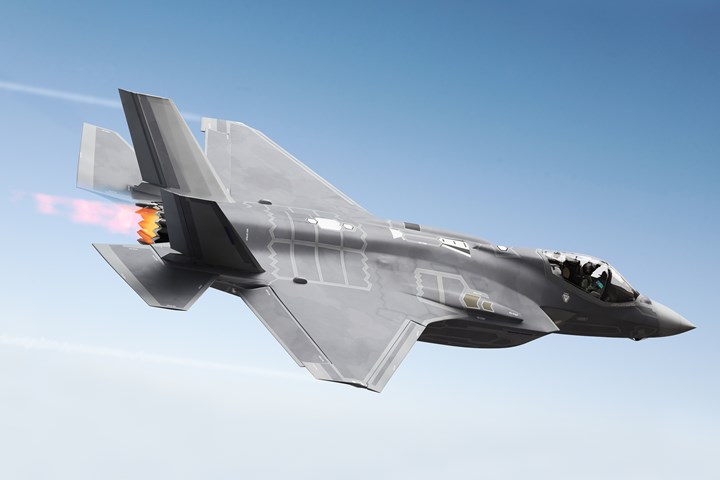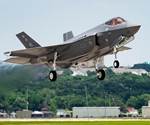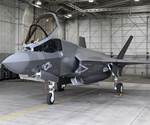F-35 Lightning program adopts closed molding technology
Reduced manufacturing time and high part-to-part dimensional repeatability are some benefits of Matrix Composites’ HiRPM molding technology.

Source | Matrix Composites
Global aerospace composite manufacturer Matrix Composites (Rockledge, Fla., U.S.) an ITT Inc. company, announced on May 27 that its closed molding technology, hot isostatic resin pressure molding (HiRPM), has been adopted into Lockheed Martin’s (Bethesda, Md., U.S.) F-35 Lightning program, and has been made the principal manufacturing process for select parts for future F-35 aircraft. The technology has already been used for select parts in the aircraft’s horizontal tail assembly.
Designed for small, intricate composite structures requiring high dimensional accuracy — like critical edges, spars and control surfaces — the HiRPM molding process enables high part-to-part dimensional repeatability, reduced manufacturing cycle time, increased production yield and reduces the need for expensive post-machining and other next-level assembly operations. Matrix Composites says its performance on the F-22 Raptor and the company’s history in composites processing were underlying factors for the company’s selection in Lockheed’s program. As a main supplier, the Matrix Composite team has also worked with Lockheed Martin to create the company’s variant of a controlled-volume-molding (CVM) process.
Related Content
-
DFS Composites acquires Mexico wind blade tooling facility, expands North American operations
With a new 300,000-square-foot site in Ciudad Juárez, DFS Composites boosts its global footprint and ability to supply composite tooling for wind energy across the Americas.
-
Fyous launches infinitely reusable manufacturing mold tech
PolyMorphic Moulding technology uses 28,000 digitally controlled pins to create a shape from a 3D CAD shape in less than 20 minutes, achieving zero waste and enabling parts production 14 times faster than 3D printing.
-
Jamco America partners with Airtech for 3DP tool recycling
Aerospace manufacturer joins forces with composite materials company to achieve sustainable manufacturing practices that overcome traditional composite layup tooling.












